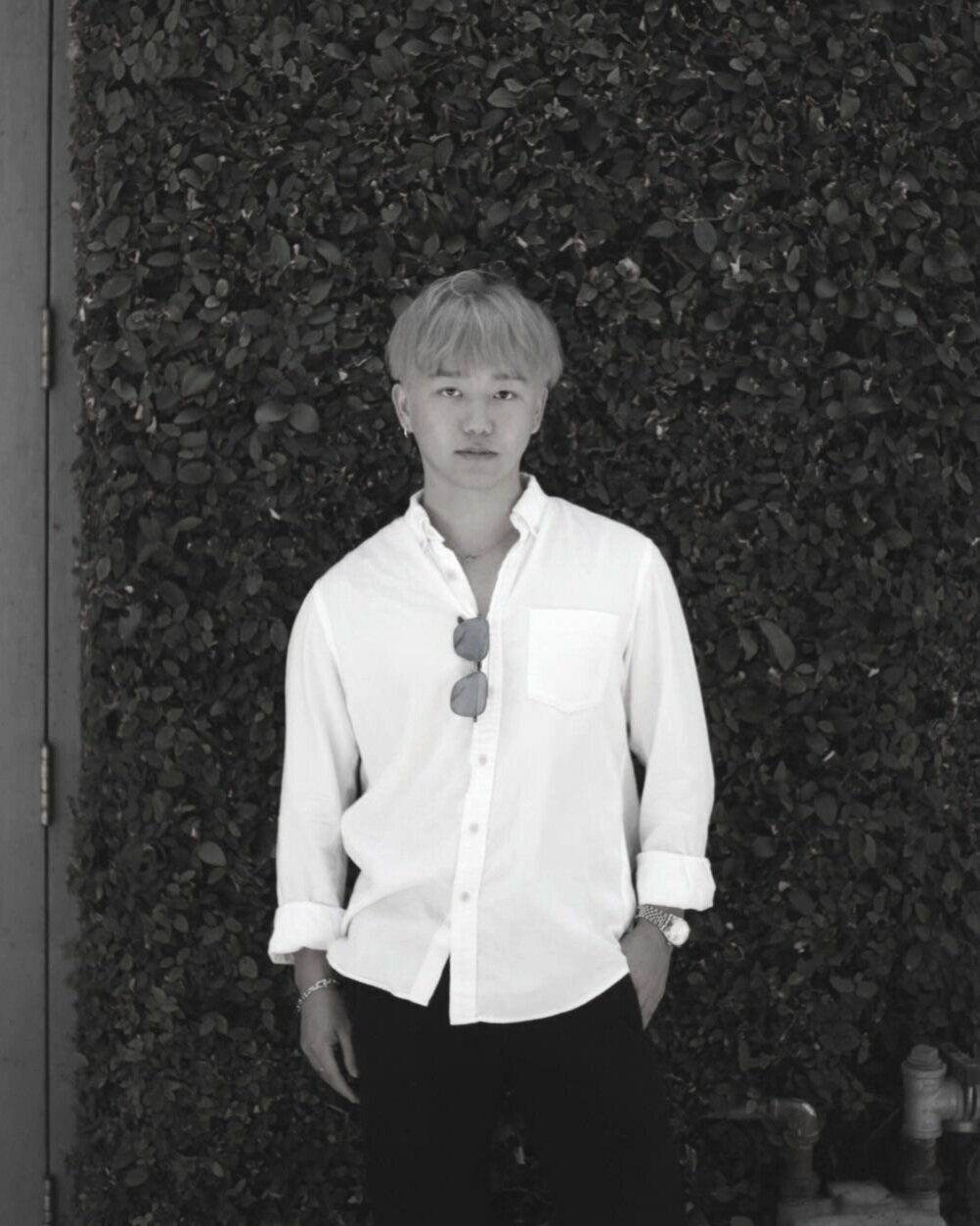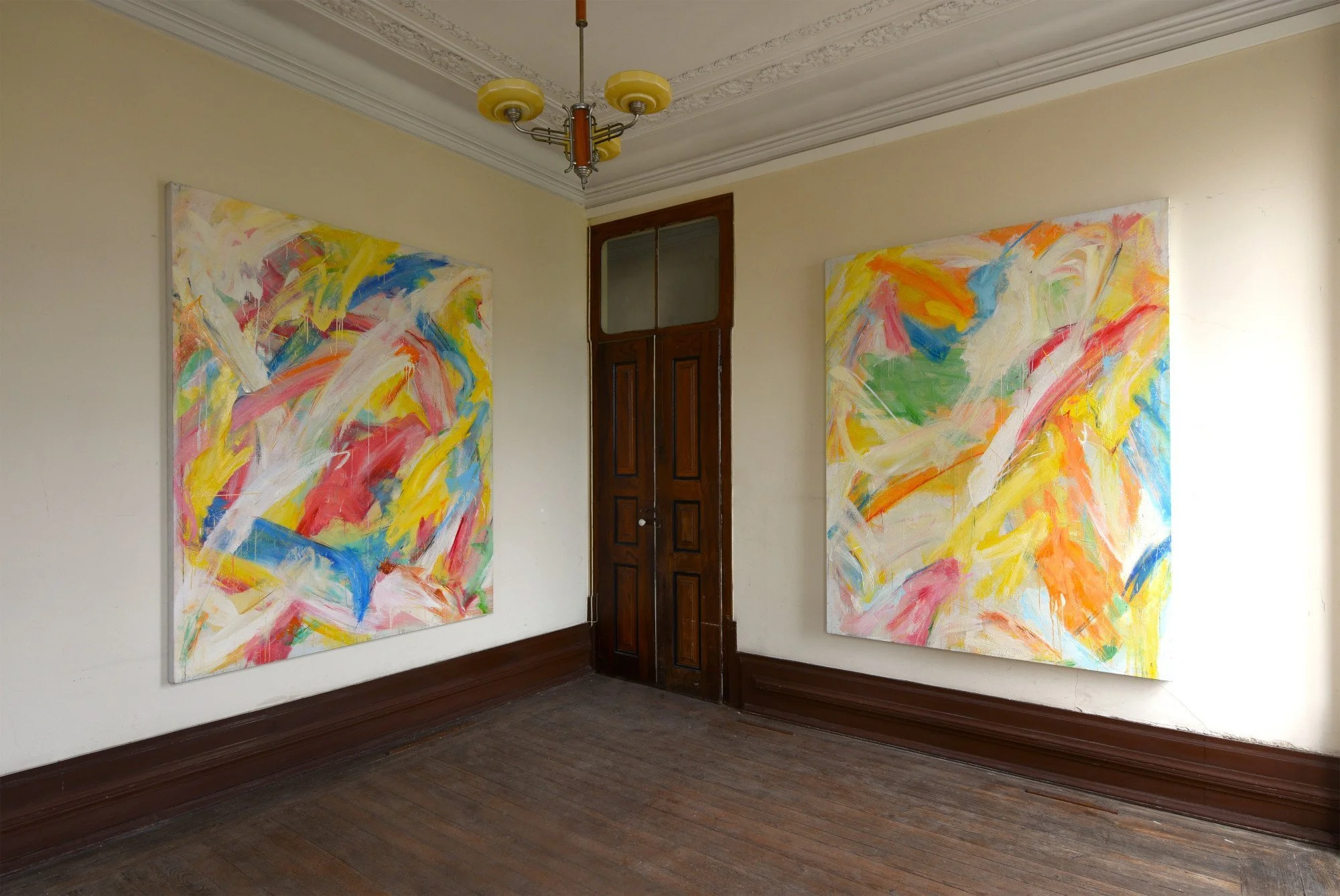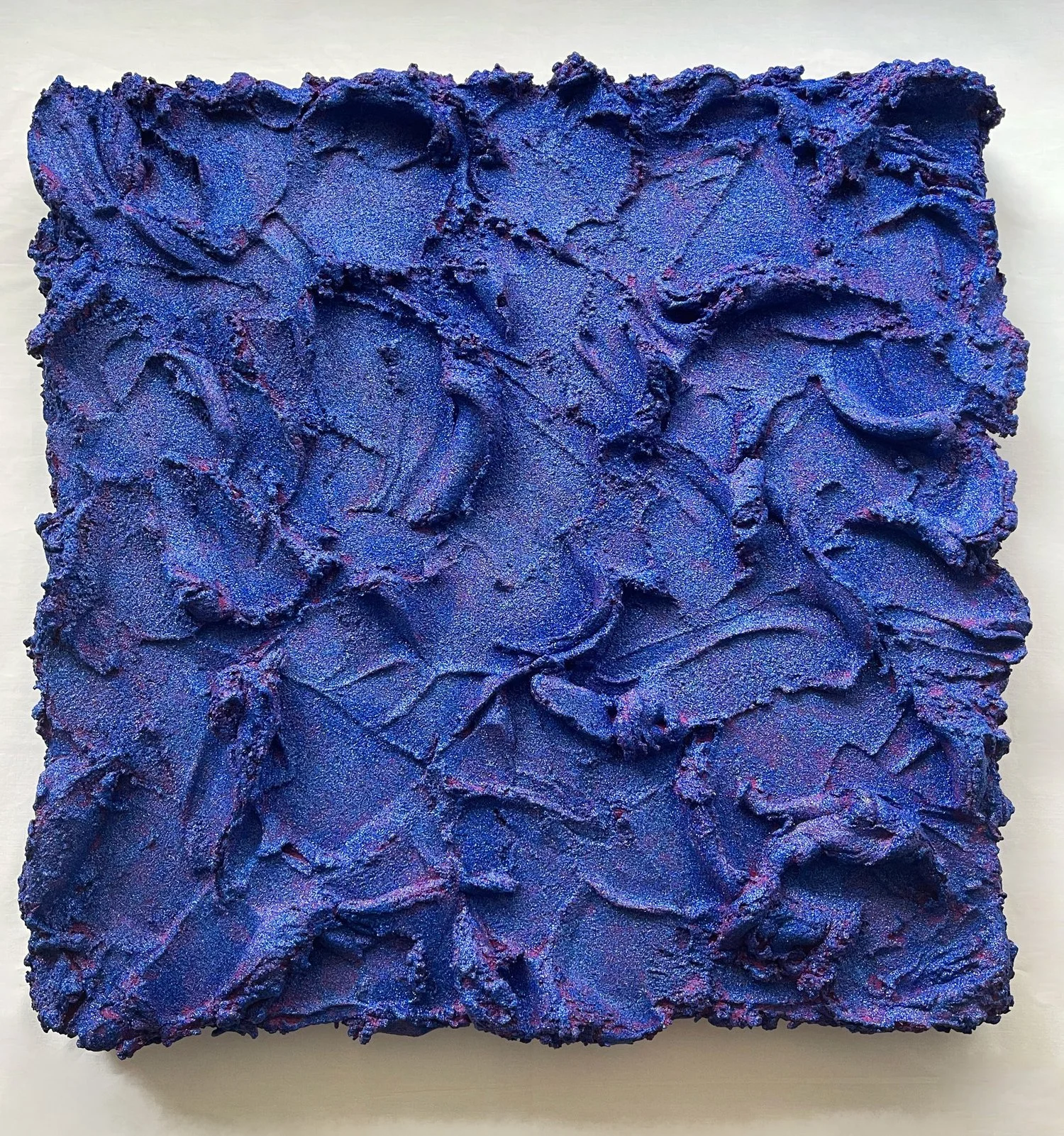INTERVIEW | Elvin Ou
10 Questions with Elvin Ou
Elvin Ou is a New York based multidisciplinary artist and a visiting assistant professor at Pratt Institute. He holds a Master's Degree in Interactive Telecommunications Program at Tisch School of the Arts, New York University, and a BFA in Interior Design from Pratt Institute. He aims to challenge and explore different design methods and materials, including spatial design, interactive design, digital media installation design, lighting design, VR development, AR development, and fabrication.
During his undergraduate, he has interned at world-leading architecture firm Gensler and local design firm Morris Adjmi Architects. His work during graduate school was selected in multiple art shows and exhibitions such as the exhibition curated by Asian Cultural Center called "Here there" at the Oculus in the World Trade Center, the art show "Atman graha" at 198 Allen St gallery, and ITP winter show/spring show. He also co-founded a digital media studio NEONBLACK Studio, in April 2019, and established their first large-scale interactive lighting installation, "Mirage Well", both in Shanghai and Beijing. In addition, his thesis "The Parallel" has been showcased at West Bund Art & Design in Shanghai and A60 Contemporary Art Space in Milan.
Elvin Ou Portrait
ARTIST STATEMENT
As an artist and an educator, Elvin finds his inspiration in the intersection of digital media and the physical environment. With a background in interior design and interactive design, he believes that storytelling is the key to unlocking the nuance in the delicate balance between digital and physical. His creative thinking, design skills, and technology are used to manipulate a wide gamut of tools in order to shorten the bridge of communication.
INTERVIEW
First of all, introduce yourself to our readers. Despite your young age, you have achieved a lot already. What is your history and your artistic background?
It has been quite a journey. As a young child, I've always loved making and drawing things, but I was never trained to draw or paint. I majored in French language and literature for a year in a college based in Shanghai and moved to New York to pursue an Engineering degree. Then, within a year, I secretly transferred to a design school without my parents knowing. It was quite a bold move, I would say, but that was how I first started my journey with art and design.
At the design school, I pursued an interior design degree, and there I eventually found my true passion for spatial storytelling through many sleepless nights. I loved the whole process of creating and designing spaces and experiences where people inhabit, interact, and reflect. Then, shortly after my BFA and some work experience with traditional architecture firms, I encountered the digital world in grad school, and I started exploring all different kinds of design methods and materials like VR, AR, and interactive lighting. Then I came upon an opportunity of teaching a class about interactive installation design at my alma mater, Pratt Institute. These experiences have made me realize that what I want to do is to use spatial storytelling to unlock the nuance between the delicate balance between digital and physical.
You come from Design, what do you wish you knew about Contemporary Art before you got started?
Coming from Design, "solving a problem" has always been one of my priorities when it comes to creating. I wish I knew that the process of creating could be solely personal and expressive. Since I started learning more about Contemporary Art and meeting artists, I have been able to push myself to use my design perspective as a tool to express myself more fully and purely.
And how would you define yourself as an artist today?
I see myself as someone that creates experiences through storytelling, whether through a digital or physical medium. My background and my journey in experimenting in a variety of different fields and environments have shaped me into someone who adapts and absorbs knowledge and new experiences as I go. Especially with my interest in emerging technologies, I am trying to be more experimental in my work.
In your work, you use technology and design to "shorten the bridge of communication". How important is communication for your art and for your work in general? Do you think that in today's world we need more communication or better communication?
From my perspective, art and design have always been an expression of the self and a method of conversation with others. Therefore, communication is very important for me because I want my work not only to communicate my ideas to others but also to encourage others to talk, interact, or just to have a laugh together.
I would say we as a society need better communication. With the overflow of social media and emerging tech, messages and information are being shared constantly on all kinds of different platforms. However, the question is if people can be heard and connected through such busy platforms. Is there a better way of communication that can help us to be heard and connect to one another?
Space Between Us vol.2, Light Wearable, 2019 © Elvin Ou
In your statement you say your inspiration comes at the "intersection of digital media and physical environment". What do you see at this intersection? And how do you use these elements for your art?
The physical environment allows for experiences that you can see, touch, smell, hear and even taste; meanwhile, digital media and technologies expand reality with new possibilities and imagination. The intersection of digital media and the physical environment fosters conversation. Oftentimes, people pay a very limited amount of attention to their surroundings, and my work "Space between us vo.1" encourages individuals to take a pause and then transform each of their individual experiences into a collaborative connection through interactive lighting. One side of the piece performs as a "mirror", reflecting users' own movement. The other side performs as a "window" seeing through. Therefore the art piece requires a collaborative effort between at least two people to complete the whole experience.
And how did you evolve this way of working?
When I was working as an interior designer, I did a lot of work to explore how a physical space can be inhabited for different purposes and how to bring in different design elements to elevate that experience. It was not until I started learning more about digital media that I grew an interest and passion in designing experiences that are more interactive. My focus now is to find different ways of encouraging conversations among my audience through the interactions in my work.
How important are new and upcoming technologies for your work? And how do you keep up to date with the latest trends and innovations?
New technologies definitely play a big part in my work. They have been great assets for me to express creative ideas and to connect with others. Especially as both an artist and an educator, I prioritize keeping up to date with the latest trends and innovations as much as possible by connecting with peers, reading, and visiting innovative exhibits. There are many museums and galleries in New York City that feature digital art and installations that I often visit to gain inspiration. I also actively check out the latest technologies on forums and articles and participate in the art and design academic community.
Over the past year, we have witnessed a lot of changes in the art world as well as in our lives in general. What is one thing that you miss about your life pre-COVID, career and art wise? And what is one new thing that over the past year you have discovered? Did you participate in any online exhibition or event?
What I miss the most is having a physical creative environment to develop my work in and collaborate. I have always loved working in a big studio full of creatives so that we can connect, learn, and inspire each other. Even though my work has been pushing the digital side of the experience, what I miss the most is definitely that physical touch.
Recently I have gotten into teaching and taking online classes. Of course, online classes have always existed, but I recently taught my first fully virtual class. I found it incredibly challenging since the subject of my class is about interactive installation design, which involves a lot of physical computing and elements that are super hands-on and physical. It was also very interesting to figure out different ways to keep students focused and engaged with the class and each other through the screen.
Space Between Us vol.1, Light Installation, 8x48 inch, 2018 © Elvin Ou
Finally, what are you working on now, and what are your plans for the future? Anything exciting you can tell us about?
Recently, I have been working on conceiving and creating installations that involve interactive AR content and immersive VR experiences. I am also planning to revise and modify the interactive installation design class to improve my academic approach to art and design. Creating and seeing art during this special period of time has expanded my perspective and ways of expressing myself. I look forward to exploring, challenging, and creating with all the possibilities along the way.























